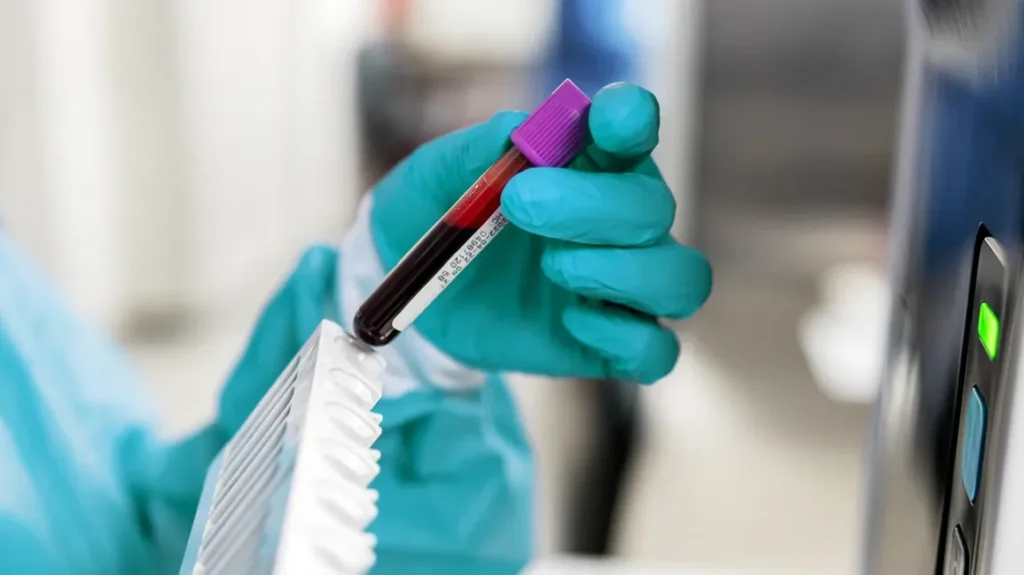Cancer, a complex and formidable adversary to human health, manifests in various forms and stages, making early detection crucial for effective treatment and improved outcomes. Cancer tests play a pivotal role in this process, aiding in diagnosis, monitoring, and guiding treatment decisions. In this article, we explore the significance of cancer tests and the diverse methods employed in their execution.
The Importance of Cancer Tests
Cancer tests serve as indispensable tools in the healthcare arsenal, facilitating the detection of abnormalities indicative of cancerous growth. Early detection is often synonymous with better prognosis, as it enables timely intervention, potentially halting the progression of the disease at its nascent stages. Furthermore, these tests contribute to the monitoring of cancer progression and the assessment of treatment efficacy, guiding physicians in adjusting therapeutic approaches as necessary.
Types of Cancer Tests
Cancer tests encompass a spectrum of methodologies tailored to specific types of cancer, patient demographics, and clinical scenarios. Some common categories include:
1. Imaging Tests
Utilizing advanced technologies such as X-rays, CT scans, MRI, and ultrasound, imaging tests provide detailed visualizations of internal structures, enabling the identification of suspicious masses or abnormalities. These tests are instrumental in initial cancer screening, staging, and monitoring tumor progression.
2. Laboratory Tests
Laboratory tests involve the analysis of bodily fluids or tissue samples to detect biomarkers indicative of cancer. Examples include blood tests measuring tumor markers, such as PSA (prostate-specific antigen) for prostate cancer or CA-125 for ovarian cancer, as well as biopsies examining cellular characteristics under a microscope.
3. Genetic Tests
Genetic tests assess an individual’s genetic predisposition to cancer or identify specific genetic mutations within tumors. These tests inform personalized treatment strategies, such as targeted therapies or genetic counseling for familial cancer syndromes.
4. Screening Tests
Screening tests are designed for asymptomatic individuals to detect cancer at an early, more treatable stage. Common examples include mammograms for breast cancer, colonoscopies for colorectal cancer, and Pap smears for cervical cancer.
Challenges and Innovations
Despite their utility, cancer tests are not without limitations and challenges. False positives and false negatives can occur, leading to unnecessary anxiety or delayed diagnosis, respectively. Additionally, accessibility and cost constraints may impede widespread adoption, particularly in resource-limited settings.
However, ongoing advancements in technology and research continue to address these challenges. Innovations such as liquid biopsies, which detect circulating tumor DNA in blood samples, offer non-invasive alternatives to traditional tissue biopsies. Furthermore, artificial intelligence-driven algorithms enhance the accuracy and efficiency of imaging interpretation, aiding clinicians in detecting subtle signs of malignancy.
Conclusion
Cancer tests are indispensable tools in the fight against cancer, facilitating early detection, personalized treatment strategies, and improved patient outcomes. By harnessing a diverse array of methodologies, from imaging and laboratory tests to genetic screening, healthcare providers can effectively diagnose cancer, monitor its progression, and tailor therapeutic interventions to individual patients. As technology evolves and research progresses, the landscape of cancer testing continues to evolve, offering hope for earlier detection, more precise diagnoses, and ultimately, improved survival rates in the battle against cancer.


